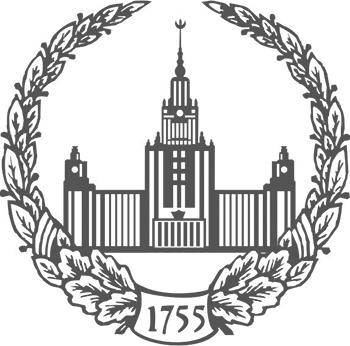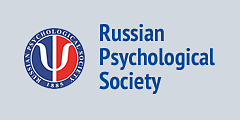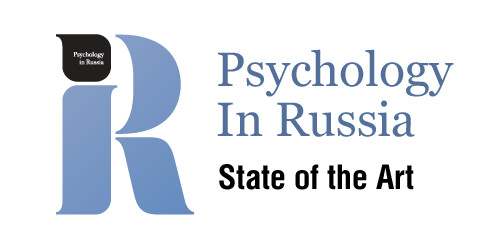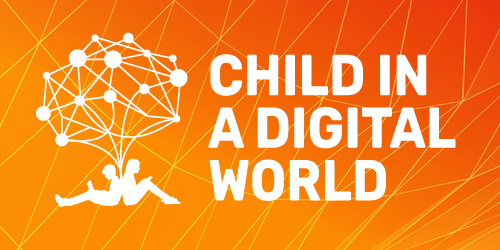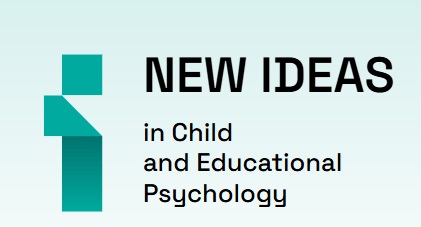Theoretical and Methodological Approaches to the Psychology of Art
-
-
Background. Despite the interest of the scientific community in the phenomenon of self-presentation, the relationship between ideas about the profession and strategies of self-presentation of the individual remains insufficiently studied.
Objective. The study is aimed at identifying the relationship between ideas about the profession and self-presentation of street theater figures, with an emphasis on the specifics of the image of the profession of a street theater actor.
Study Participants. The study was conducted based on the analysis of 156 Internet self-presentations of contemporary Russian street theatre figures, posted on websites and official theatre pages in social networks; in public channels, theatre company chats and online communities of street theatre figures.
Methods. The main empirical methods of the study are content analysis, observation. When assessing the relationship between ideas about the profession and self-presentation, the method of classification of strategic self-presentation tactics by E. Jones and T. Pittman was used. The relationship between non-strategic self-presentation and ideas about the profession was assessed based on the dramaturgical approach to social interaction by E. Goffman and the concepts of "auto-involvement", "spoiled identity", "role-free behavior" developed by him. The method of metasemantic analysis by A.G. Kozintsev was used as a diagnostics of comic narratives of self-presentations. The basis for constructing a diagram of the relationship between ideas about the profession and self-presentation was the model of schismogenesis by G. Bateson.
Results. In numerical terms, strategic self-presentations significantly exceed non-strategic ones. Auto-parodic self-presentations are the least common form of communication among street theatre actors and the most popular form of creative business card for street theatre actors. Restrained reactions of members of the professional community to auto-parodic self-presentation signal a violation of the presenter's "communicative postulates", giving grounds to classify it as a type of auto-involvement that goes beyond strategic self-presentation.
Conclusions. The presence of self-parody, roleless or open behavior in the self-presentations of contemporary Russian street theater actors indicates a significant impact of comic roles of street theater actors in the formation of the image of the profession. The results of this study may be useful for street theater actors, theater company managers, and specialists studying the problems of self-presentation and professional identity.
Keywords: street theater actor; ideas about the profession; Internet; self-parody; strategic self-presentation; non-strategic self-presentation; comic role; schismogenesis DOI: 10.11621/LPJ-25-24
-
-
-
Background. The development of the aesthetic paradigm in modern psychology implies the convergence of the languages of science and art in the cognition of social phenomena in a changing society.
Objective. The aim is to reveal the performativity of art and artistic creativity in the logic of psychological aesthetics of L.S. Vygotsky. Artistic creativity not as much mimetically reflects but rather creates and models psychological states and social processes.
Methods. The methods of historical and comparative analysis of psychological and aesthetic concepts are used; the poetics of the "Silver Age" is interpreted from the standpoint of qualitative methodology in psychology, as the implementation of modernism in Russian culture, anticipating the radical revolutionary changes of 1917.
Results. Based on the conducted psychological study of the art of the "Silver Age" (literature, philosophy, painting, music, dance), the thesis is proved that art performs not mimetic functions of representing the past, present and even future, but above all performative functions. Art acts as a kind of crystallization of the collective experience of society and culture that gave rise to them; at the same time, the image of the world constructed in artistic creativity can have a reverse effect on social reality and transform it, as happened in the art of Russian modernism of the early twentieth century, which became an active participant in the fall of the tsarist regime.
Conclusions. The conducted theoretical and methodological analysis of the performative function of the psychology of art has important consequences for the further development of the concept of social cognition as the construction of the image of the social world in the transitive society. From the point of view of A.N. Leontiev, the image of the world is "scooped out" from reality, however, as G.M. Andreeva suggested, it can resist and even diverge from it under the influence of social changes. In such an epistemologically complex situation, social cognition through art, semiotically close to magic and magical thinking, which allow the subject to symbolically comprehend the transformations of his everyday life and restore mental control over it, acquires special significance.
Keywords: psychology of art; performative aesthetics; magic of art; Silver Age; social cognition; social change DOI: 10.11621/LPJ-25-23
-
-
-
Background. The problem of contemplation has only recently begun to be developed by psychologists. However, contemplation itself as a phenomenon of spiritual and practical order and as a subject of philosophical comprehension has always attracted attention. At the same time, the understanding of its place and role in the knowledge of the world has been fundamentally different.
Objective. The article attempts to describe the specifics of contemplation in art and to show its leading role in artistic creativity.
Methods. Analysis of psychological, philosophical, theological literature on the topic of the study, self-reports and statements of masters of art were used.
Results. The methodological reasons that make it difficult to study contemplation by the methods familiar to science are considered. It is shown that understanding of this phenomenon and recognition of its reliability is possible in the presence of one's own similar experience. The analysis of self-reports and statements of outstanding masters of different kinds of art has shown that contemplation requires the artist to overcome the boundaries of the previous experience and gives the experience of direct unity with the world, which is a necessary condition for the origin of creative idea. The specificity of "artistic" contemplation lies in its sensual and supersensual nature and in the special meaning that the directly perceived image of an object or the world as a whole has in art.
Conclusions. Contemplation and activity are necessary and interrelated sides of the creative process. In the absence of the contemplative component, activity becomes reproductive. This conclusion is significant for the artist's self-education, as well as should attract the attention of art pedagogy, which is focused almost exclusively on the activity component of mastering art professions.
Keywords: contemplation; contemplative psychology; activity; “feoria”; artistic creation; experience; observation; admiration; beauty; reproductive activity DOI: 10.11621/LPJ-25-22
-


